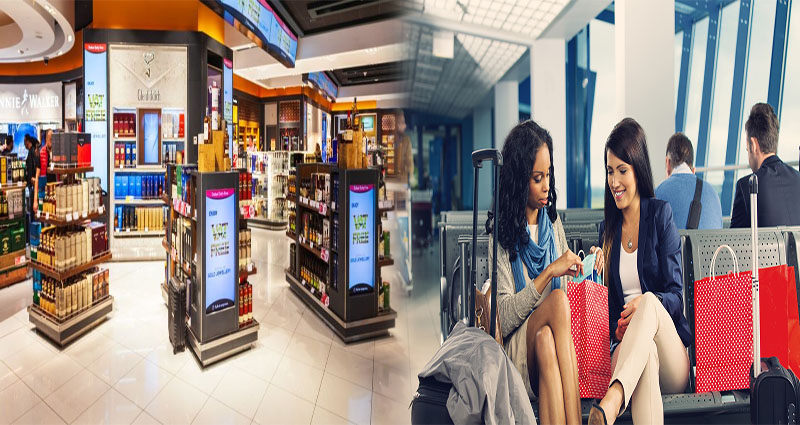When it comes to travel retail, airports play a crucial role as prime locations for businesses to appeal to a diverse range of passengers from around the world. Developing successful retail strategies in airports requires a deep understanding of customer behavior, travel trends, and effective marketing techniques. Here are some key strategies that businesses can implement to achieve success in the competitive airport retail space.
1. Customer-Centric Approach
Understanding the needs and preferences of travelers is essential for creating a successful retail strategy in airports. Businesses must tailor their product offerings, services, and marketing campaigns to appeal to the diverse demographic of passengers passing through the airport. Personalization and exceptional customer service can go a long way in attracting and retaining customers.
2. Strategic Store Locations
Choosing the right location within the airport is crucial for the success of retail stores. High-traffic areas such as near boarding gates, security checkpoints, and arrival halls tend to attract more footfall. Businesses should invest in prime locations that offer maximum visibility and accessibility to potential customers.
3. Exclusive Product Offerings
To stand out in a crowded airport retail market, businesses should offer unique and exclusive products that cannot be easily found elsewhere. Limited edition items, collaborations with local artists or designers, and duty-free deals can attract travelers looking for something special to purchase during their journey.
4. Utilization of Technology
Incorporating technology into the retail experience can enhance customer engagement and streamline operations. Implementing mobile payment options, interactive displays, and personalized digital marketing campaigns can create a seamless and convenient shopping experience for travelers.
5. Partnerships and Collaborations
Collaborating with other brands, airlines, or airport authorities can provide businesses with valuable opportunities to expand their reach and attract new customers. Partnerships can also lead to innovative marketing campaigns, exclusive promotions, and cross-selling opportunities that benefit all parties involved.
6. Data-Driven Marketing
Utilizing data analytics to understand passenger behavior, shopping patterns, and trends can help businesses tailor their marketing strategies for maximum impact. By collecting and analyzing customer data, businesses can make informed decisions and create targeted campaigns that resonate with their target audience.
Successful travel retail strategies in airports require a customer-centric approach, strategic store locations, exclusive product offerings, technology integration, partnerships, and data-driven marketing. By implementing these key strategies, businesses can optimize their retail operations in airports and capitalize on the lucrative opportunities presented by the global travel retail market.








